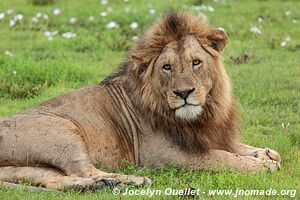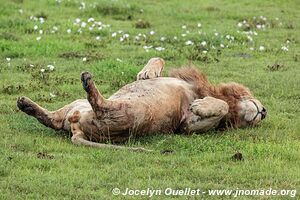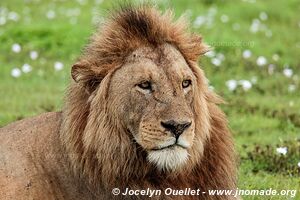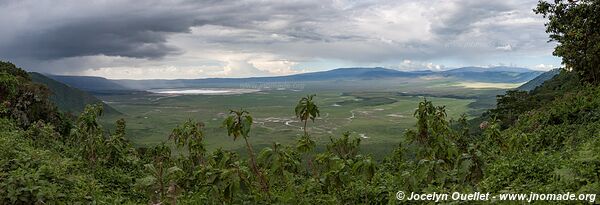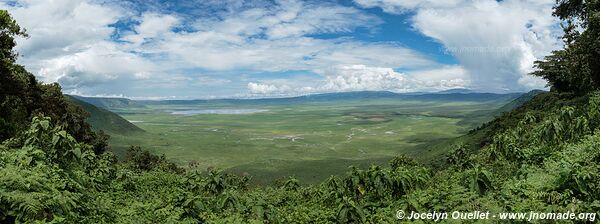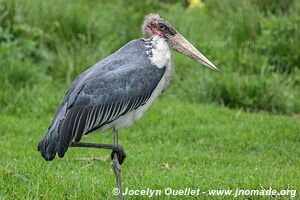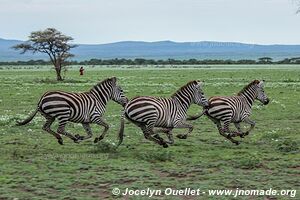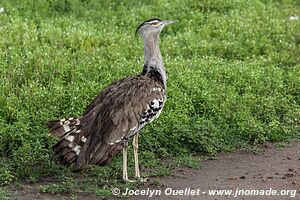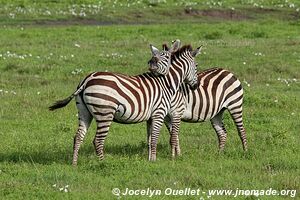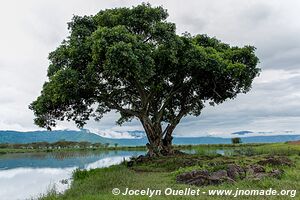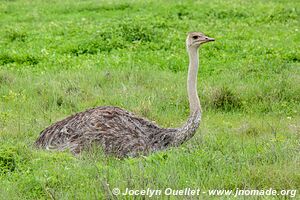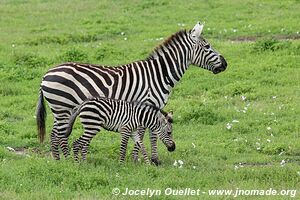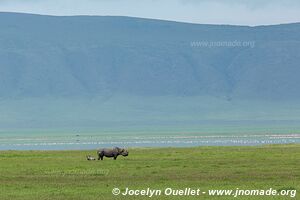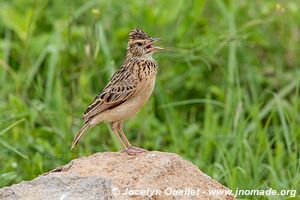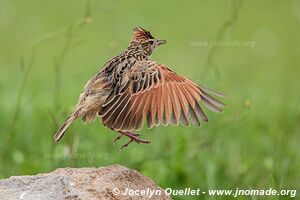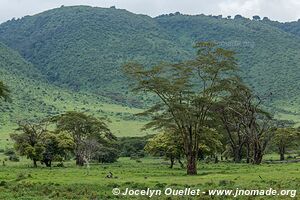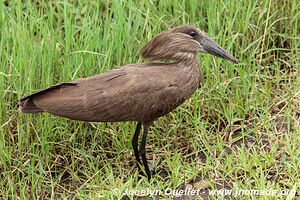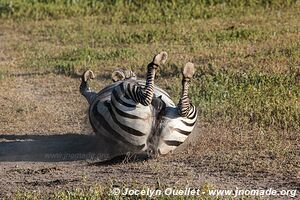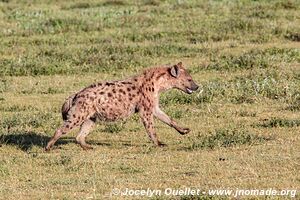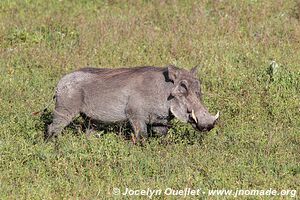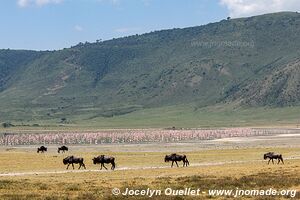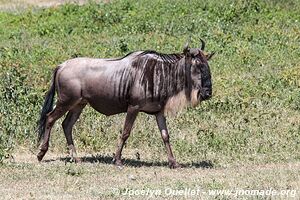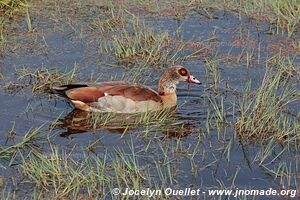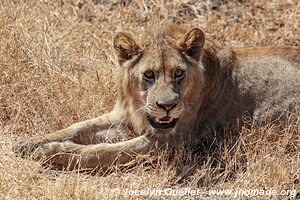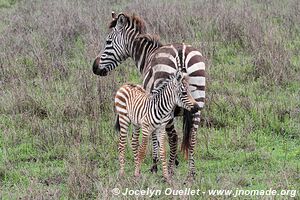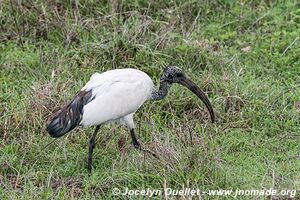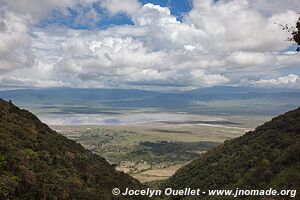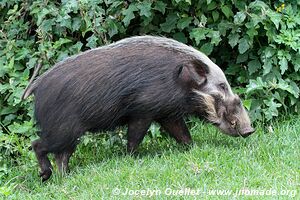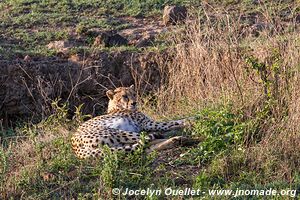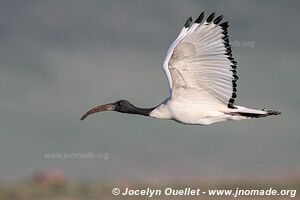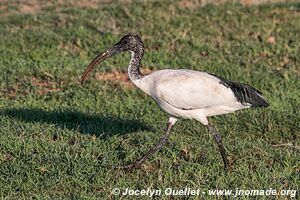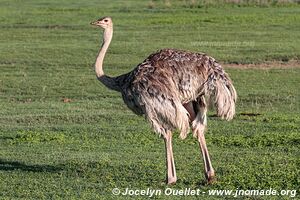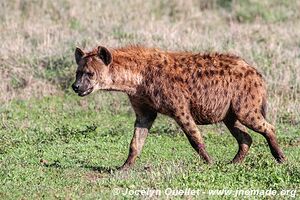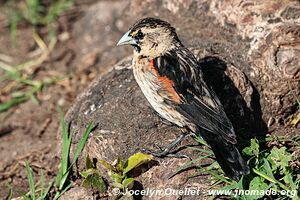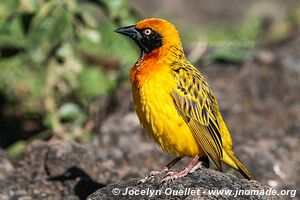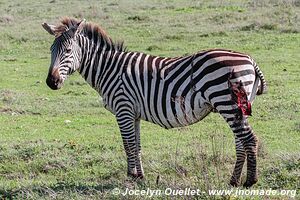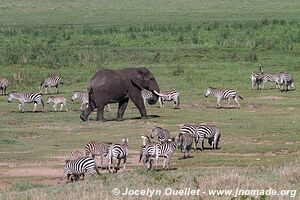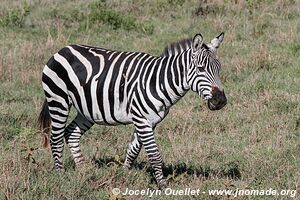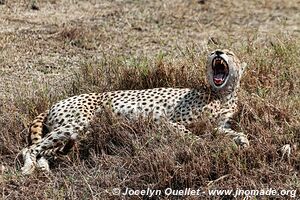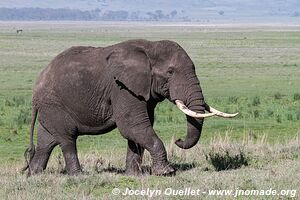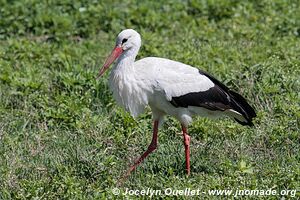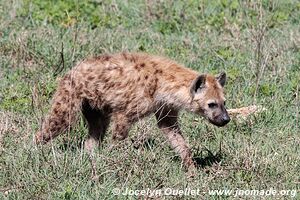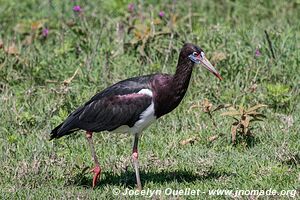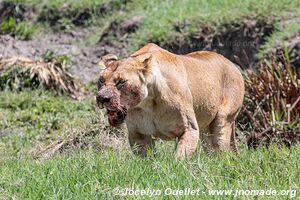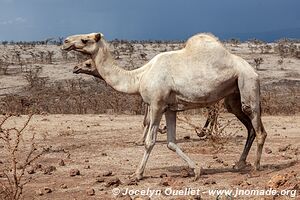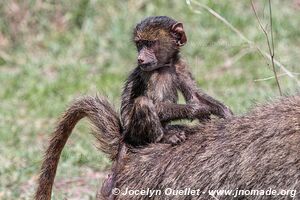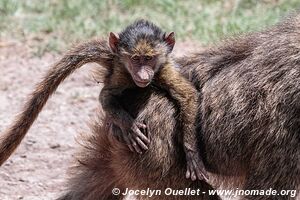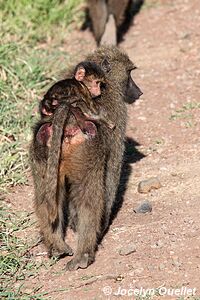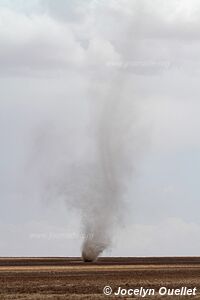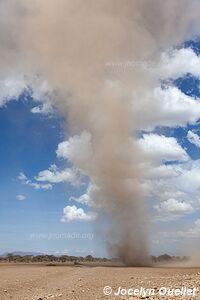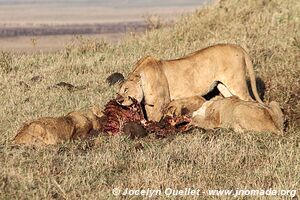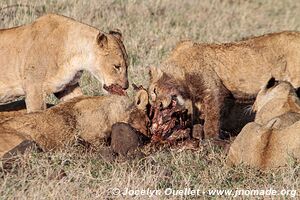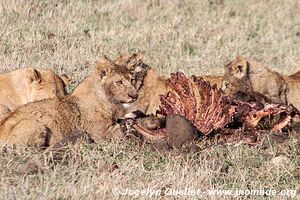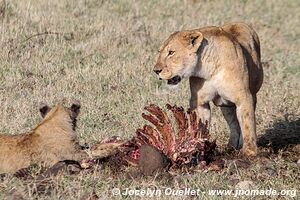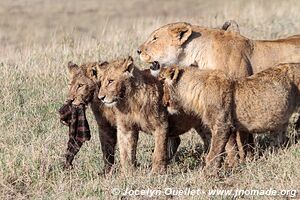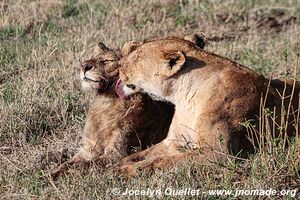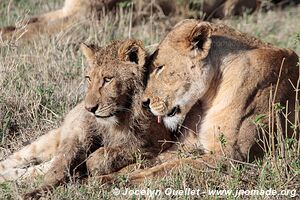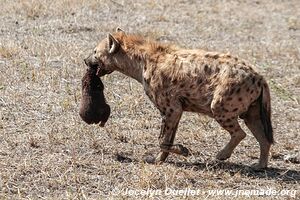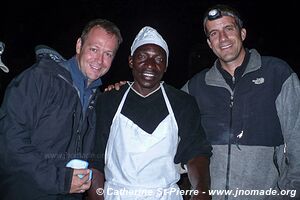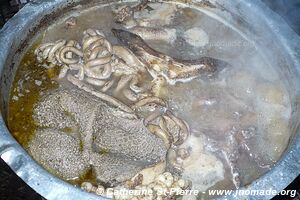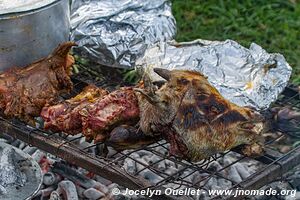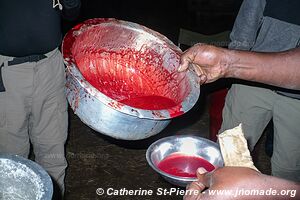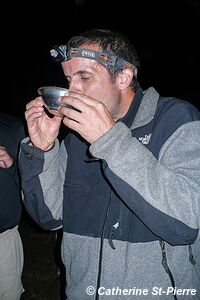Ngorongoro Conservation Area
We are now in the Ngorongoro, a conservation area where the Maasai people also live. Surprisingly, they share the land with lions, leopards, and hyenas despite the fact that their wealth is based on cattle.
The Ngorongoro is a vast territory, but the most impressive place is without a doubt the crater bearing the same name. It is an ancient volcano that exploded and collapsed on itself creating a caldera with a depth of 610 metres and an area of 260 km2.
With one of my group, the cook wanted to have a goat for the evening meal. So he buy one from a Maasai and before killing the animal, he warns me not to worry the clients if they hear any screams, and most importantly not to say what really happened. From experience, the local team fears that some people might be disgusted. Our chat happens at the camp but as far away as possible from the clients. Well, OK, but what does it really all mean?
Next, the cook, the Maasai and our local guide get ready to kill the goat. It starts screaming and it really sounds like a mix of a child and animal scream. It is quite intense. After the animal is dead, there is a talk between the Maasai and the guide, but it is in Swahili and I understand nothing. Money pass from one hand to the other, then the Maasai pull out a knife and cut the goat's testicles with a big smile. He put the small bundle a meat in a leather pouch at his belt, and then he says goodbye and off he goes in the dark on its way home. Wow! Testicles are apparently a delicacy in Tanzania.
I join the clients and they ask me if I heard the screams. I say that it is probably a small animal that just got caught by some kind of predator. The deception works for a while, but they quickly understand what really happened when they learn that we are going to have a goat for dinner.
Nothing is wasted in Tanzania; the locals eat almost all the part of the animal; stomach, innards, brain, and testicles obviously... The cook even collected blood that he mixed with soup. Curious, some of us tasted it; not bad, but only one mouthful of hot blood is enough for me.






